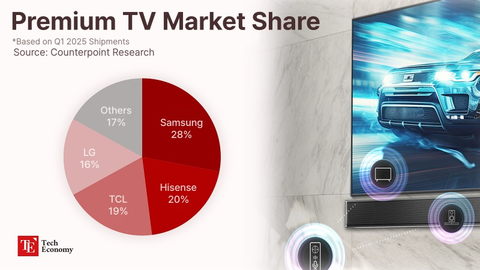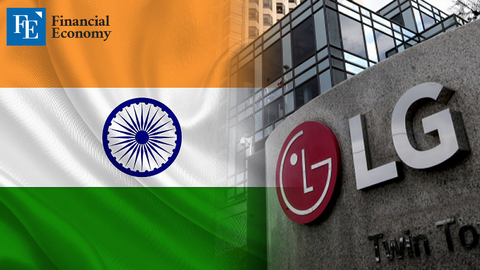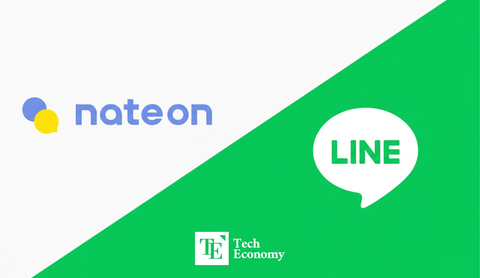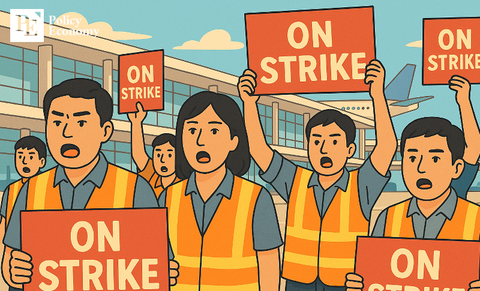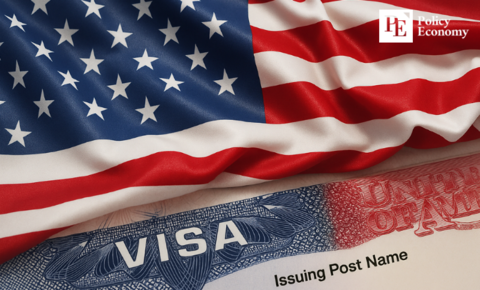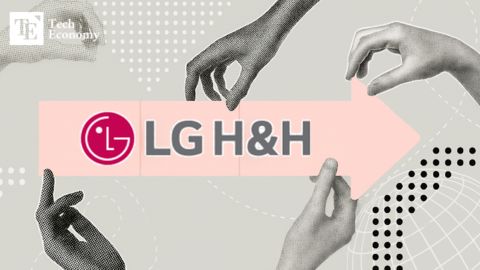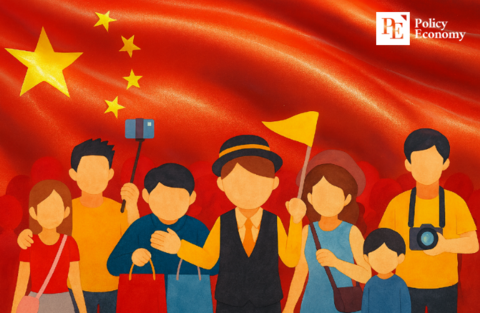Expansion of ‘Anti-U.S. Alliance’ Amid Trump’s Tariff Offensive — Will It Reshape the Global Trade Order?
Input
Modified
Widespread Backlash Against Punitive Tariffs BRICS Leverages Growing Clout to Bolster Unity EU Seeks Partnerships with Japan, Canada, India
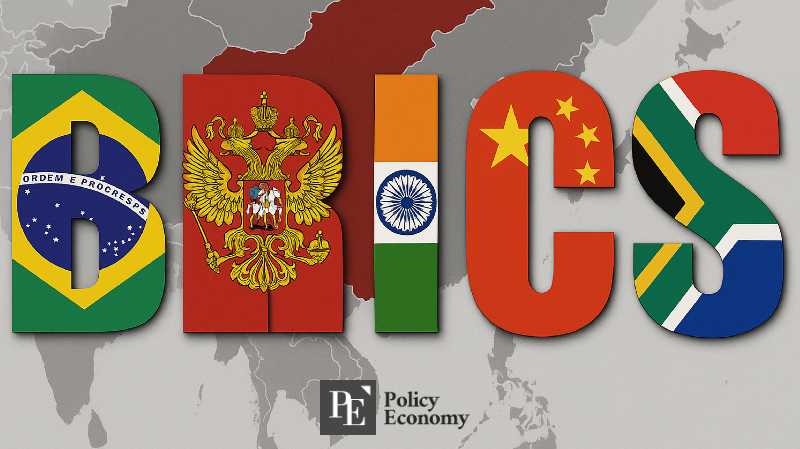
As U.S. President Donald Trump intensifies his sweeping trade offensive built on punitive tariffs, nations long embedded in the U.S.-centric trade order are signaling a shift toward detachment. Led by the European Union (EU), countries including Canada, Japan, and members of the Association of Southeast Asian Nations (ASEAN) are exploring avenues for an anti-U.S. alignment, while the BRICS bloc — the consortium of 11 emerging economies comprising Brazil, Russia, India, China, among others — is accelerating its own internal cohesion under the impetus of Washington’s tariff policy.
Sharp Criticism of “Failed U.S.-Led Globalization Model”
According to Reuters and other outlets on the 10th (local time), Trump’s tariff campaign is galvanizing solidarity within BRICS. At last month’s BRICS summit in Rio de Janeiro, Brazil, heads of state openly castigated the U.S. president. This came just one day after the bloc issued a joint communiqué denouncing “indiscriminate tariff imposition” and “military strikes on peaceful nuclear facilities” — an unmistakable censure aimed squarely at Trump.
Brazilian President Luiz Inácio Lula da Silva, host of the summit, excoriated Trump’s approach of announcing major foreign policy moves such as tariff hikes via Truth Social, saying, “Threatening other nations over social media is profoundly wrong and irresponsible.” The rebuke followed Trump’s own post, issued hours after BRICS’ joint statement, warning that any nation siding with the bloc would face an additional 10% tariff. Lula shot back, “We are sovereign nations. We do not want an emperor.”
On the 7th of this month, Lula also addressed Washington’s 50% tariff “bombshell,” announcing plans to call Indian Prime Minister Narendra Modi and later confer with Chinese President Xi Jinping and other leaders. “We will discuss the situation and make collective decisions,” he said, adding, “Remember that 10 of the BRICS members are also part of the G20,” underscoring the potential reach of coordinated action.
South African President Cyril Ramaphosa remarked, “It is deeply disappointing to see anyone seek to punish those acting in good faith.” His remarks carried personal weight: in May, during a televised visit to the White House, he had been publicly accused by Trump of “slaughtering white farmers,” a diplomatic affront still fresh in memory. Representing Russia in place of President Vladimir Putin, Foreign Minister Sergey Lavrov also charged that “U.S. tariff threats are clear evidence that the American-led globalization model is no longer functioning.”
BRICS Now Commands 27% of Global GDP
Analysts note that BRICS’ louder voice against Washington stems from its surging economic heft. Since its launch in 2009, the bloc has expanded to 11 members and now accounts for 27% of global GDP. According to the International Monetary Fund (IMF), the combined share of global GDP held by the G7 minus the U.S. (Canada, U.K., Japan, Germany, France, Italy) has fallen from 35% in 2000 to 18% last year, while BRICS’ share has nearly tripled from 10% to 27% over the same period — already surpassing the G7 in purchasing power parity.
The Trump administration’s tariff escalation has also intensified global criticism of U.S. unilateralism, giving BRICS further impetus to consolidate. Washington’s framing of BRICS as an “autocracy camp” in a democracy-versus-autocracy divide has lost legitimacy since the advent of Trump’s second term, which openly embraces unilateralist policies.
BRICS has also sought alternatives to U.S. dollar dominance in global trade and security. Current discussions among members include using local currencies in intra-bloc trade, as well as advancing the internationalization of China’s yuan — a strategic move for Washington’s principal economic rival.
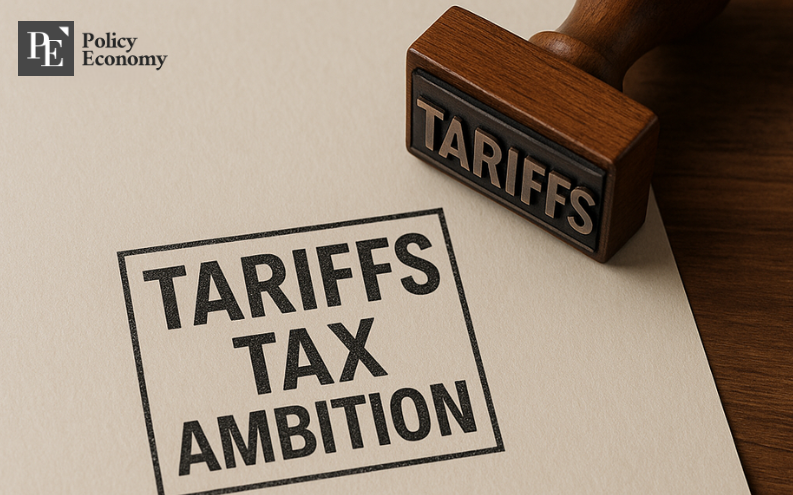
Potential to Draw in Other Emerging Economies
The EU, for its part, is moving swiftly to deepen ties with diverse partners. In June, it forged a security and defense partnership with Canada. On July 23, it held a summit with Japan, sealing an agreement to jointly develop a satellite network. On July 13, it reached a political accord with Indonesia toward a free trade agreement (FTA). “In turbulent times, partners must work ever more closely together,” European Commission President Ursula von der Leyen stressed, affirming the EU’s reliability as an ally.
The bloc is also seeking to broaden its trade network into the Asia-Pacific. The EU has been floated as a potential entrant into the Comprehensive and Progressive Agreement for Trans-Pacific Partnership (CPTPP), which includes Japan, Vietnam, and Singapore, and is pushing to conclude an FTA with India by year-end. India’s Ministry of Commerce and Industry has said the deal would advance both economic and security cooperation with Europe.
Even Canada, long considered a steadfast U.S. ally, is pursuing an independent course, aiming to finalize an FTA with ASEAN this year while tightening economic links with Europe. Brazil has agreed with India to expand bilateral trade from the current $12 billion to $20 billion, and to substantially boost trade with Mexico as well.
On this rising anti-U.S. current, Wendy Cutler, vice president of the Asia Society Policy Institute, observed, “Countries that find U.S. demands increasingly untenable are seeking mutual cooperation to reduce dependence on Washington.” The New York Times wrote, “Attention is now on how strongly nations excluding the U.S. can unite and actually counter Washington.” The Financial Times assessed, “This wave of coordinated calls for action represents the most direct challenge yet to the unilateralism of Trump’s ‘America First’ agenda — a pivotal moment that could rally other blocs of emerging economies against the United States.”


